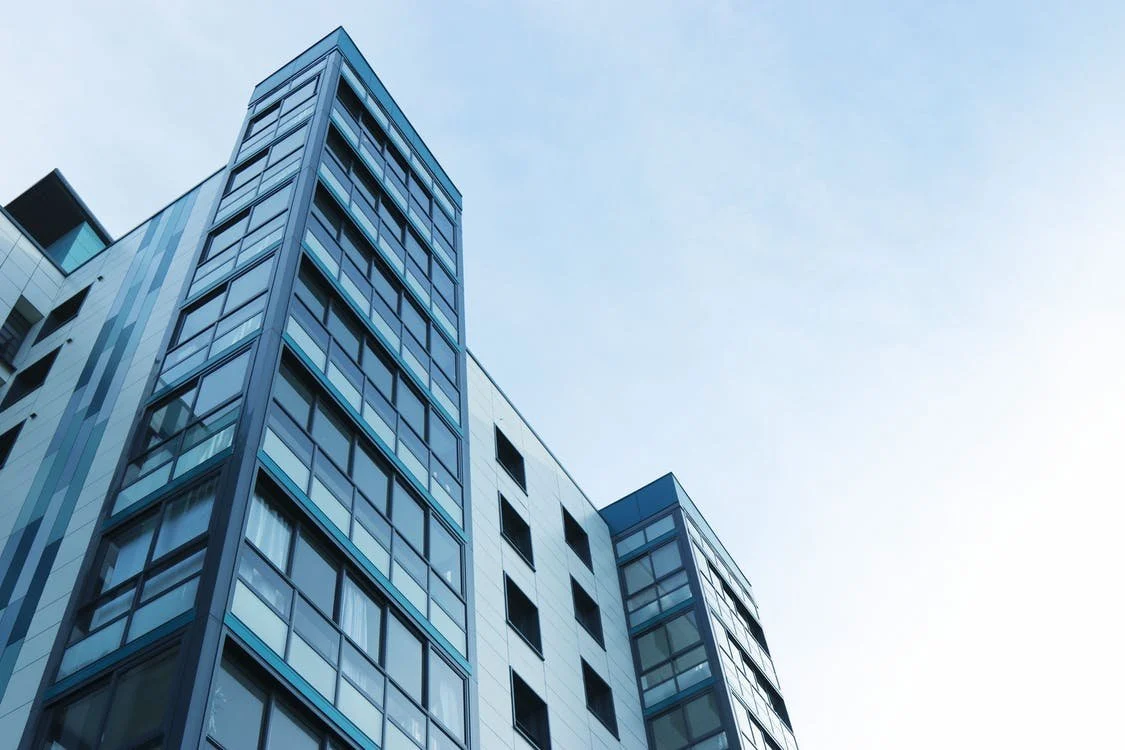Commercial and Multifamily Borrowing Up 19%
There was an increase in the number of mortgage originations during the second quarter of 2022, according to the Mortgage Bankers Association. “Commercial and multifamily mortgage loan originations increased 19 percent in the second quarter of 2022 compared to the same period last year,” according to the group.
“‘Borrowing and lending backed by commercial real estate set another quarterly record from April through June, although the pace of increase slowed from the first quarter,’ said Jamie Woodwell, MBA’s vice president of commercial real estate research.”
The major drivers of the originations were in retail (up by 108% year over year), hotel (37% increase), and multifamily (24% growth). Industrial, which has been one of the mainstays of CRE activity, saw only a 3% increase. Office was down by 11% and healthcare dropped by 3%.
Dollar volume for depository institution-originated loans was up by 102%. Fannie Mae and Freddie Mac grew 29%. Investor-driven lenders were also up, by 12%. On the downside were CMBS, by 57%, and life insurance company portfolio lending, off by 5%.
There was also 15% growth over subsequent quarters. On that comparative basis, retail was up 79%; healthcare by 70%; multifamily, 18%; and office by 2%. Hotels were down 2% and industrial, off by 26%.
In the quarter-to-quarter comparison, depository loans grew by 42%, investor-driven lending by 20%, Fannie Mae and Freddie Mac were 18% larger, and life insurance-backed lending edged up by 2%. CMBS, however, dropped by 52%.
“Property owners, investors, and lenders continue to work through broader economic uncertainty that is affecting the space, equity, and debt market,” said Woodwell. “MBA is forecasting that borrowing and lending will slow during the second half of the year. That said, improvements in fundamentals and values in recent years provide significant support to properties with outstanding loans and continued financing opportunities for properties whose cash flows can support debt.”
Overall, seeing strength in multifamily isn’t surprising. There is both a significant ongoing housing shortage and demographic shifts in the country that require the construction of additional housing because the buildings don’t move with the people.
A slowing in lending for industrial seems odd given the strength of the first half year for the market. CBRE noted that traditional retailers and wholesalers accounted for 40% of the top 100 industrial leases and there was a record 37 signings for 1 million square feet or more. But perhaps those holding industrial properties, especially ones that had bought at very low cap rates, were holding and operating, waiting for the higher rents that justified the purchases.
SHARE ON FACEBOOK

